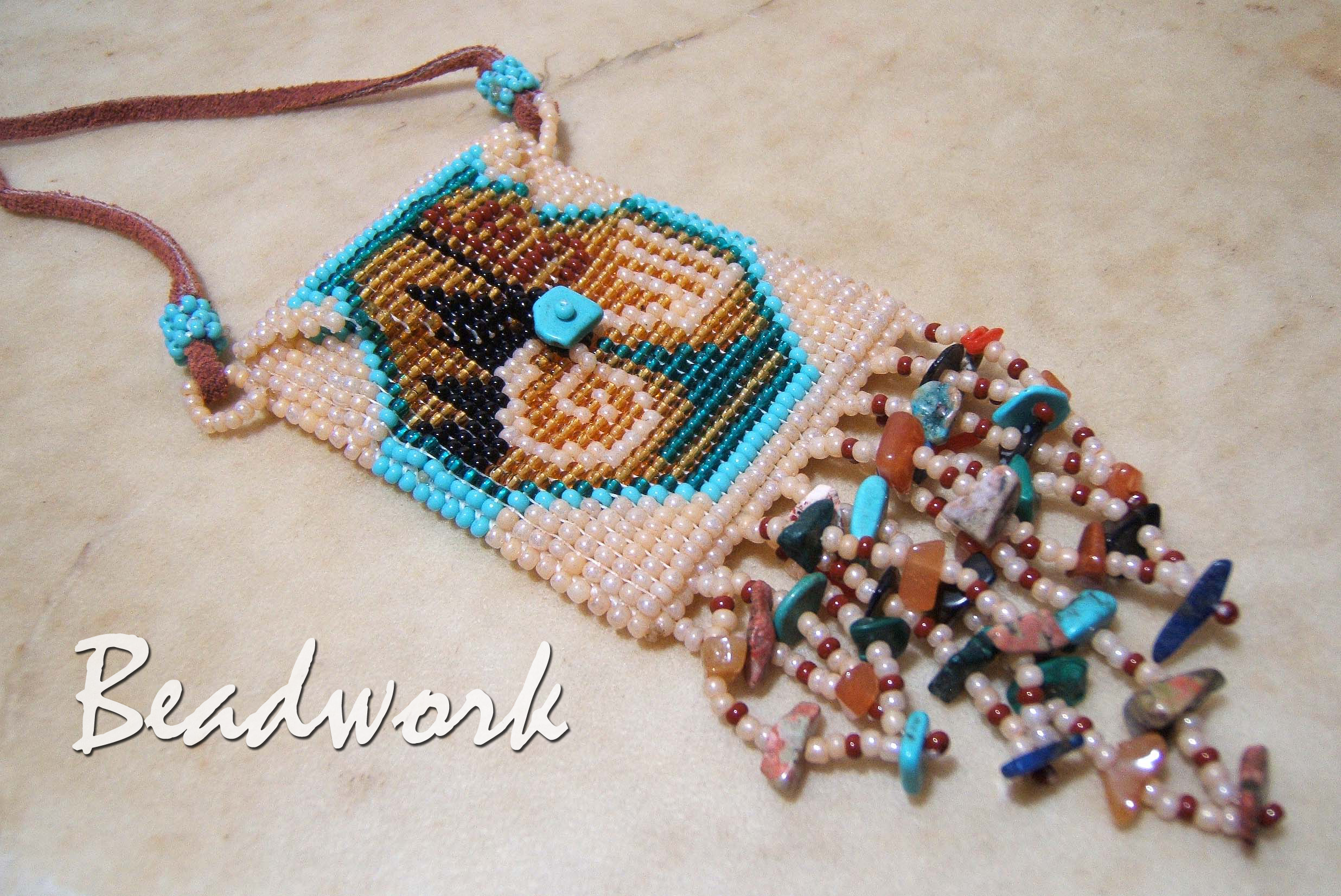Index of Native American Art informational pages

Zuni Fetishes
Zuni Fetishes are an animal, bird, or figure hand-carved from stone, shell, antler, wood, or other natural materials. Zuni Fetishes were first carved as "hunting" fetishes. When taken on a hunting expedition, they would ensure a plentiful and successful hunt...
Pueblo Pottery
Pottery is one of the oldest art forms in Native American culture. It developed out of necessity for the use of cooking, storage, and water vessels...
Navajo Pottery
Traditional Navajo pottery was originally a cruder form of work than pueblo wares, fairly thick in appearance, with little or no design...
Beadwork
Indian Summer has the perfect location to purchase local Native American beadwork from various Native Americans...
Baskets
Native American baskets were one of the earliest art forms made by prehistoric Indians...
Jewelry
We have a tasteful selection of Indian jewelry for you to choose from...
Kachinas / Folk Art
Just the mere word "Kachina" conjures up vivid images of masked figures dancing...
© 1996–2024 Indian Summer Native American Art. Authored by Jill Holmes. Enhanced with AI tools. All rights reserved.






